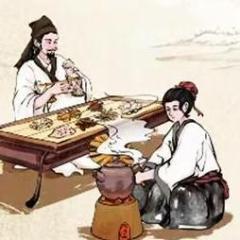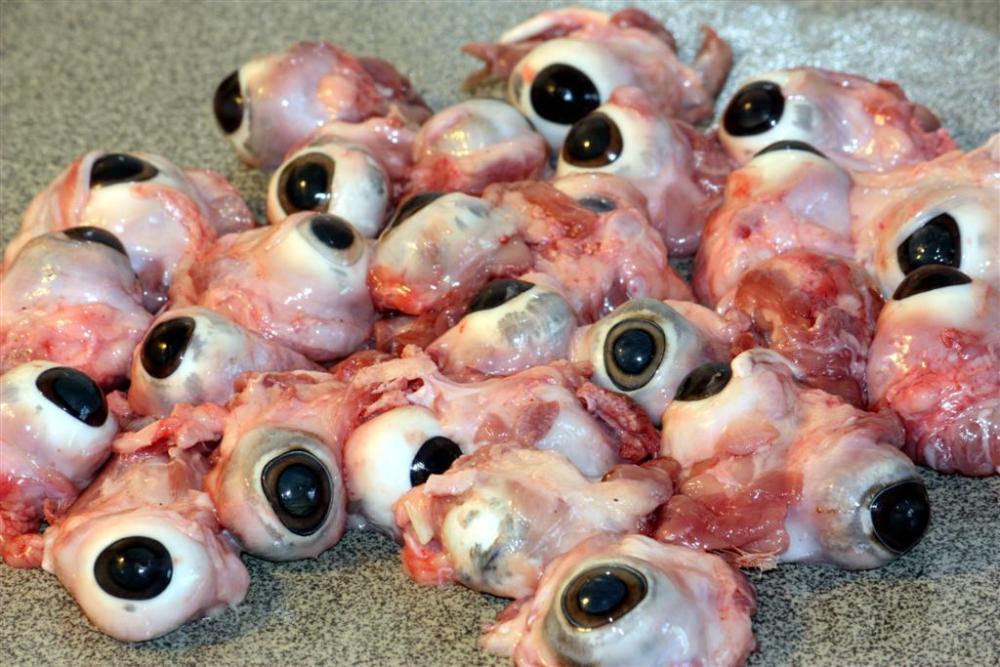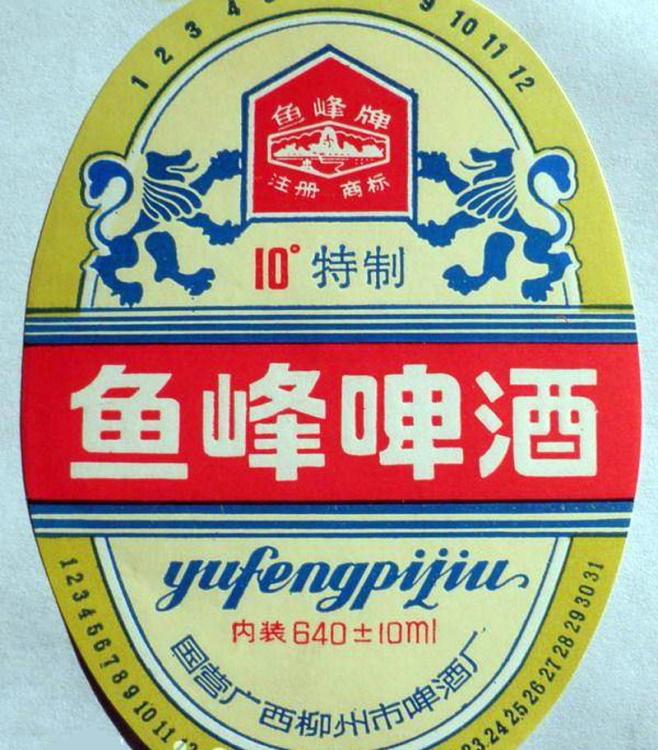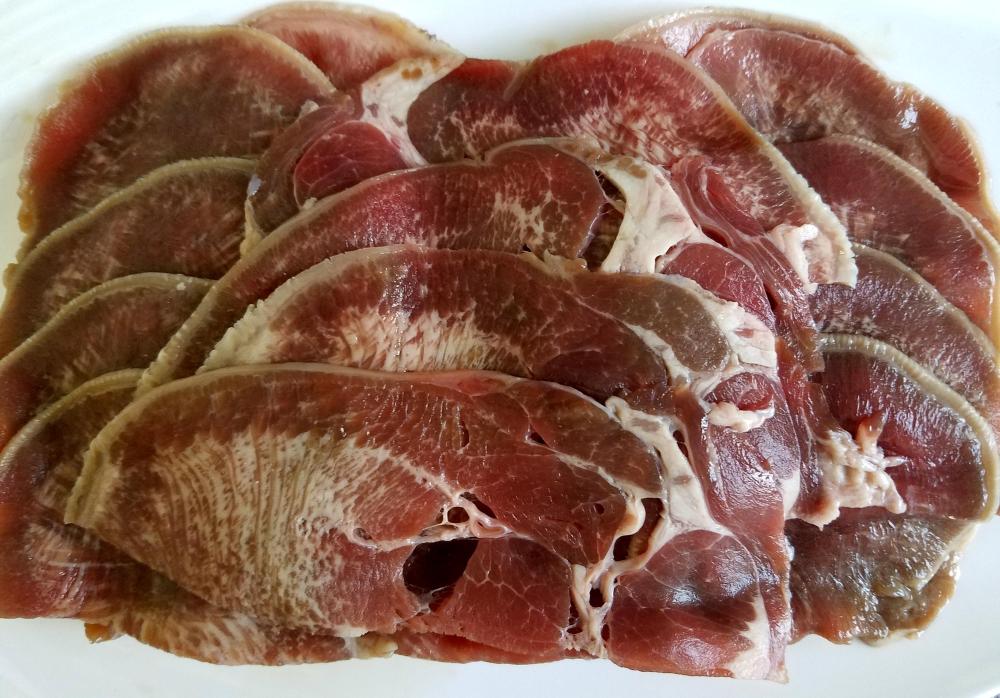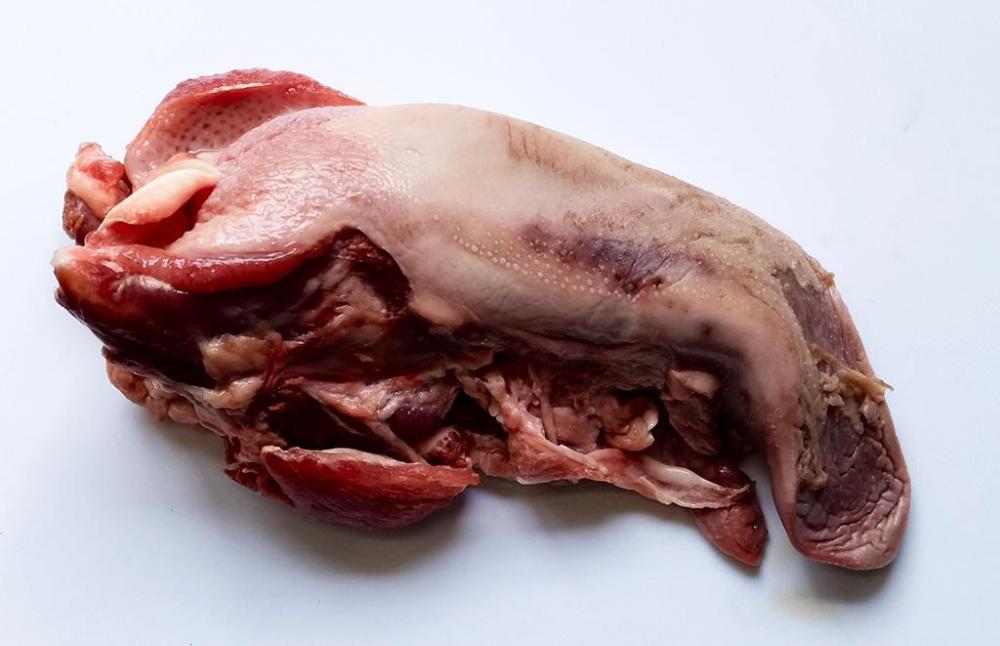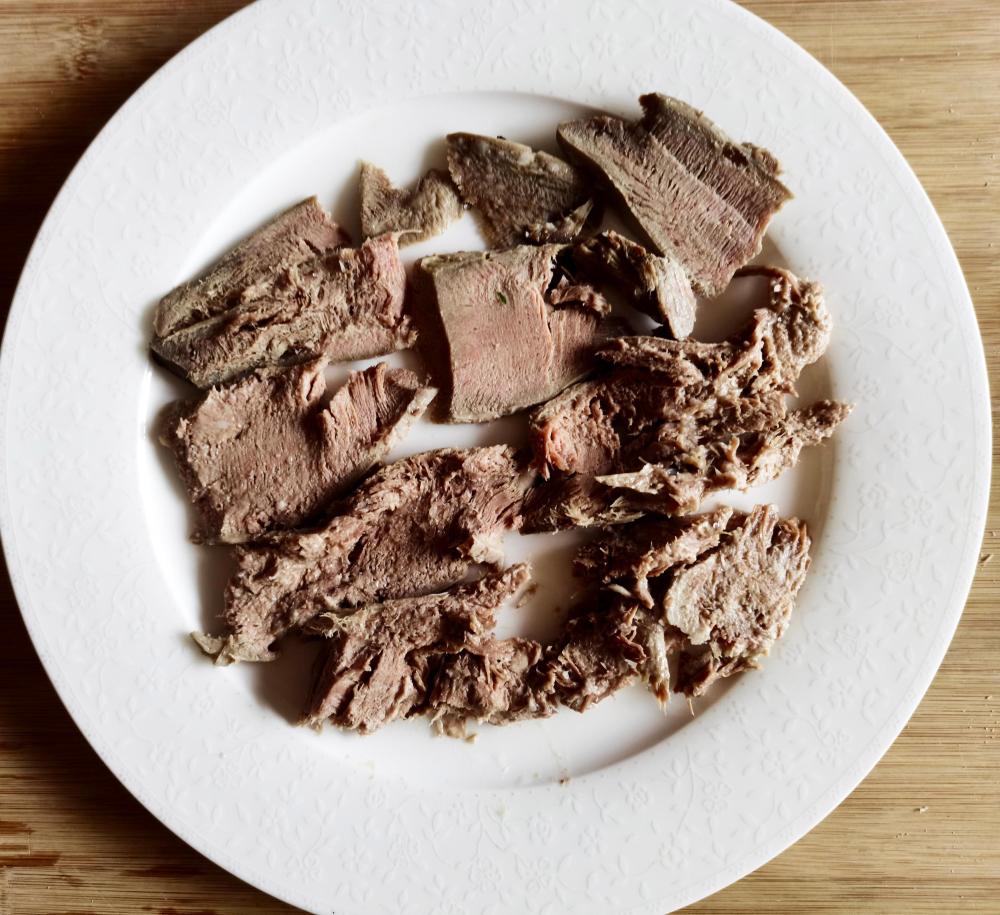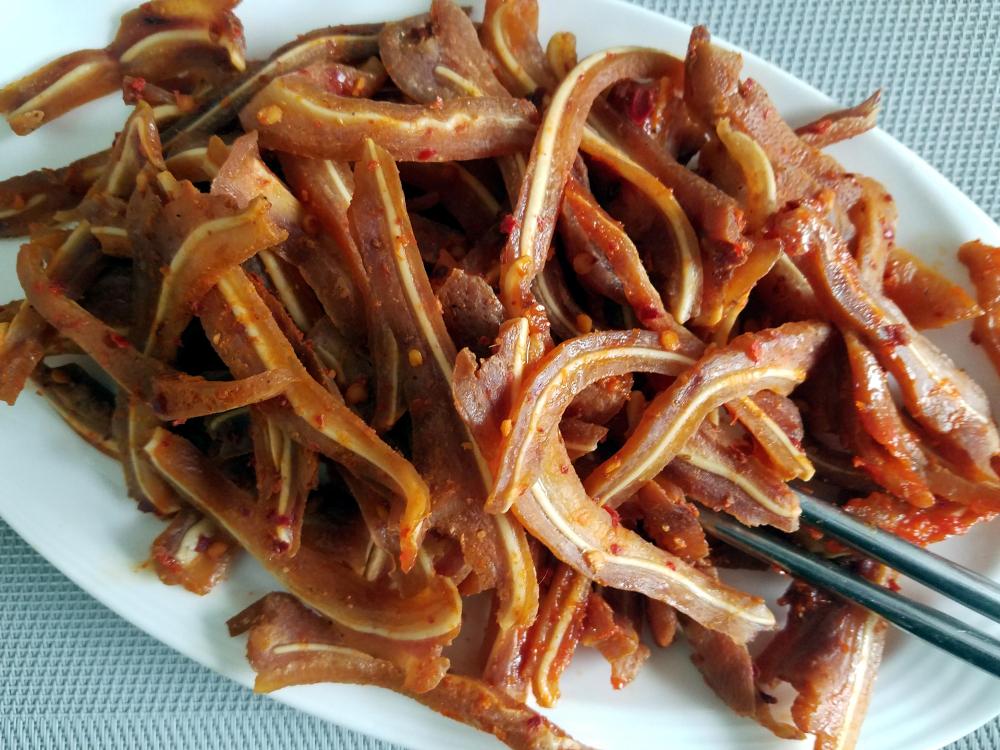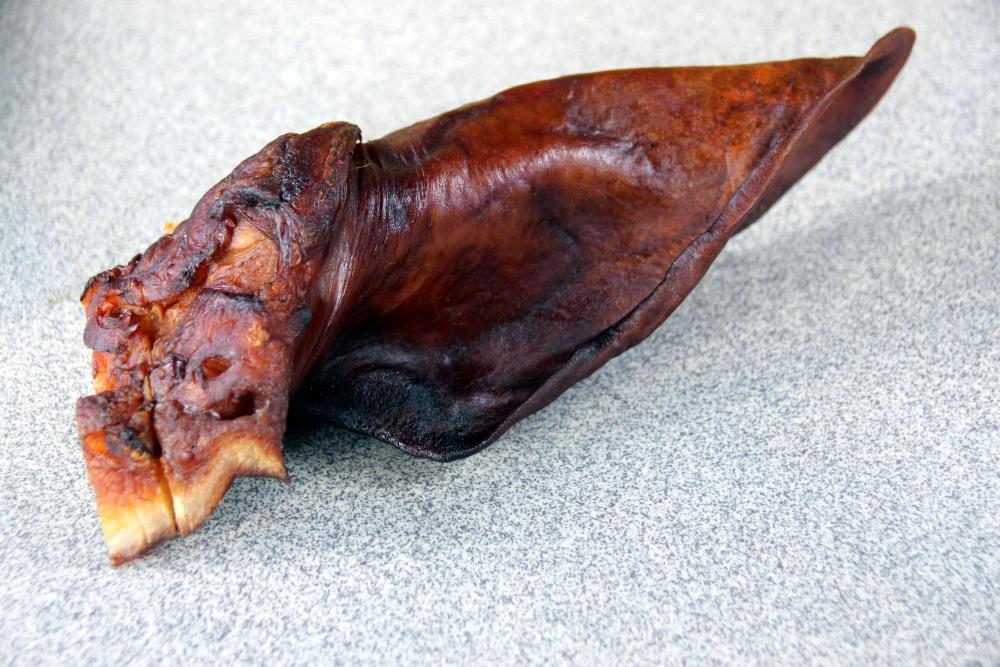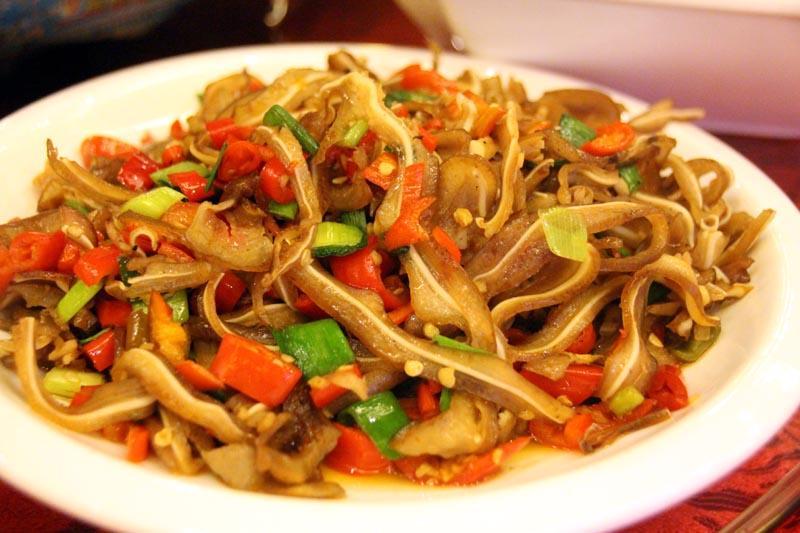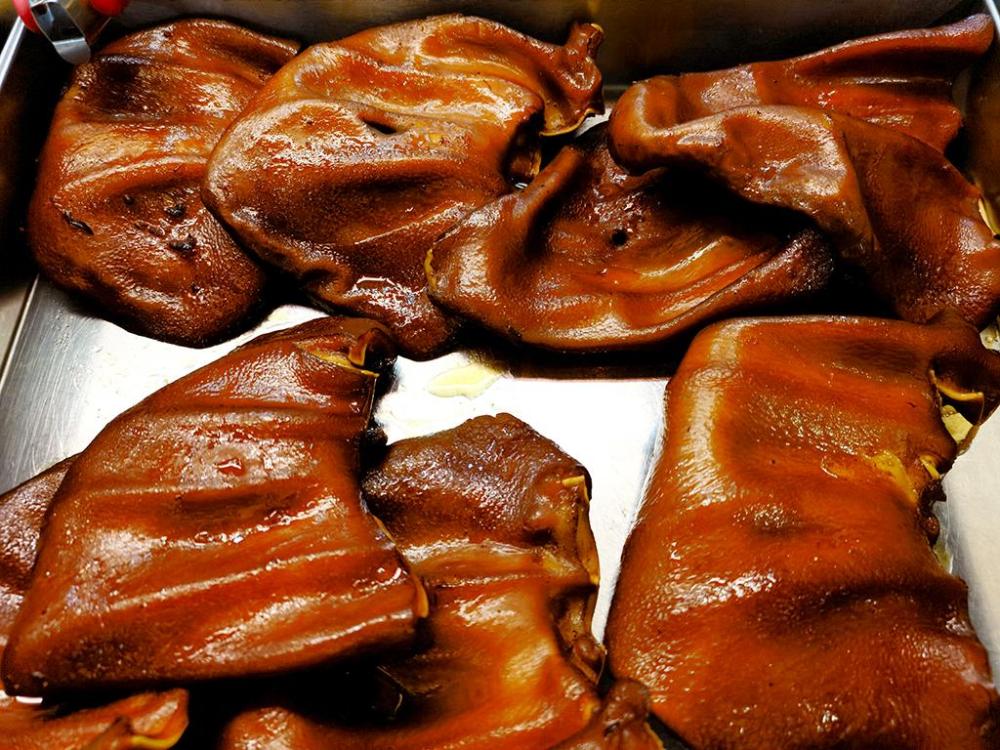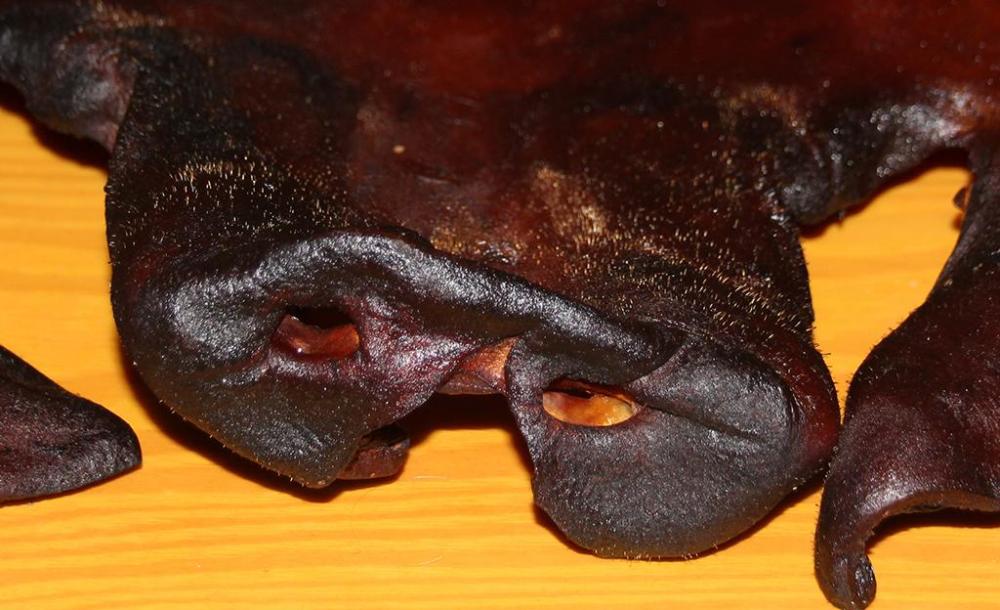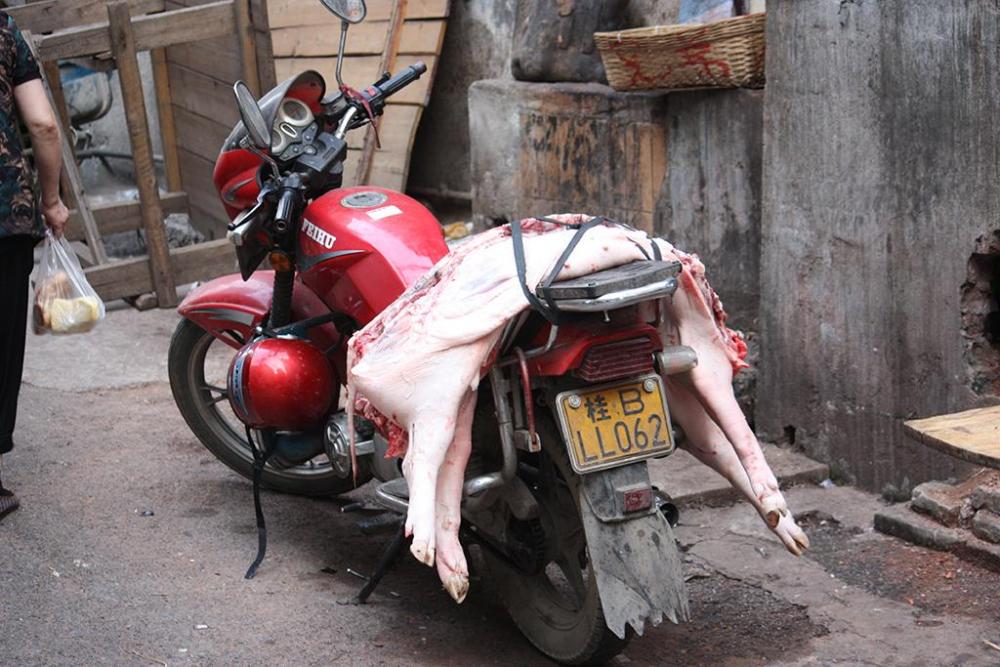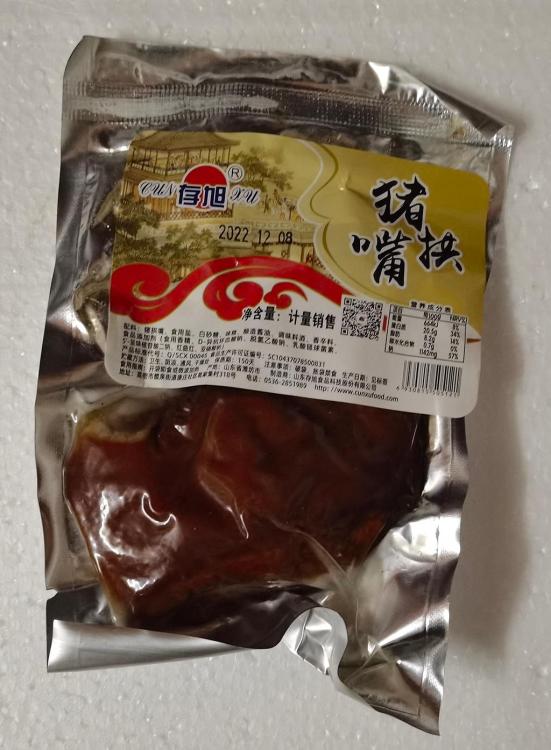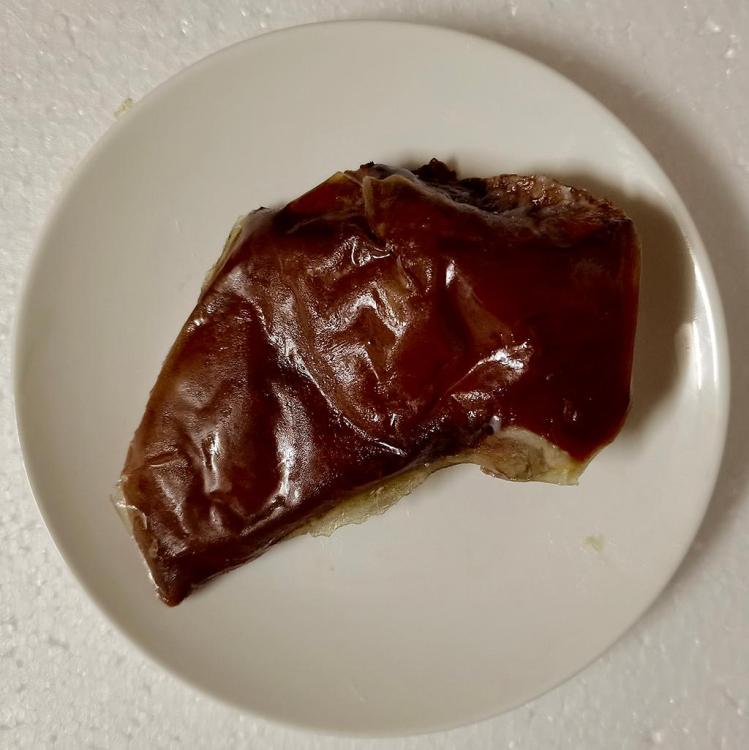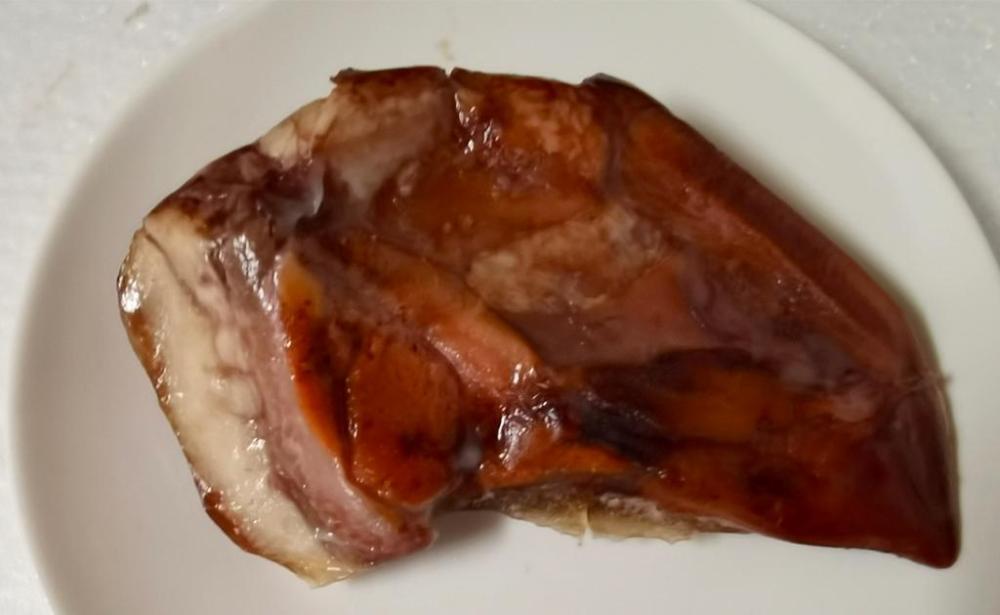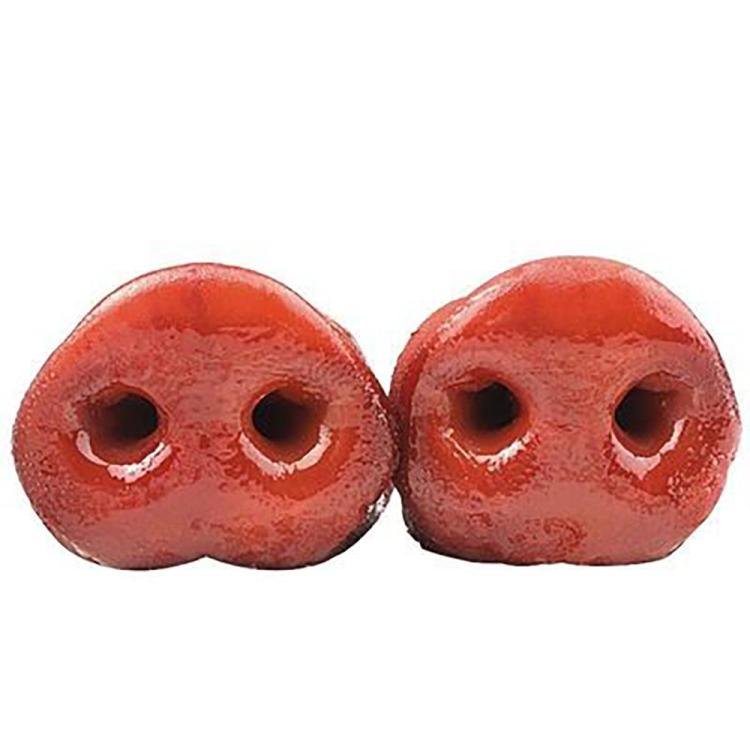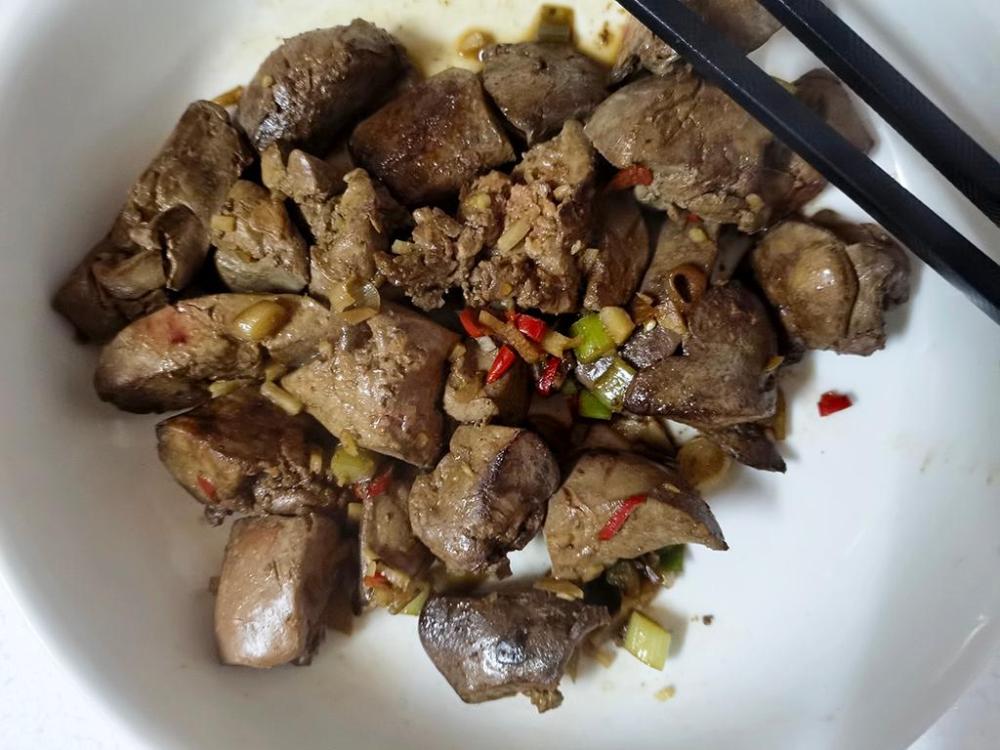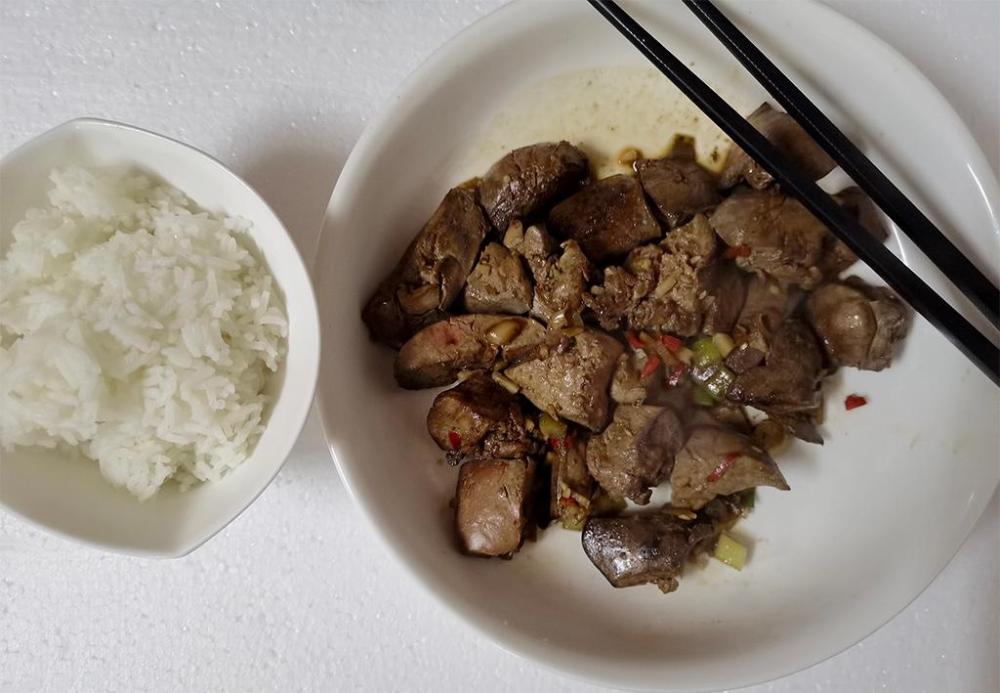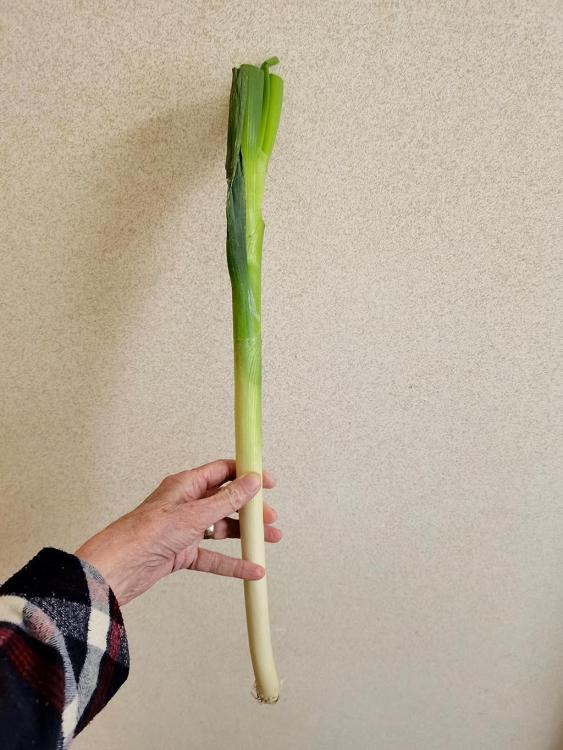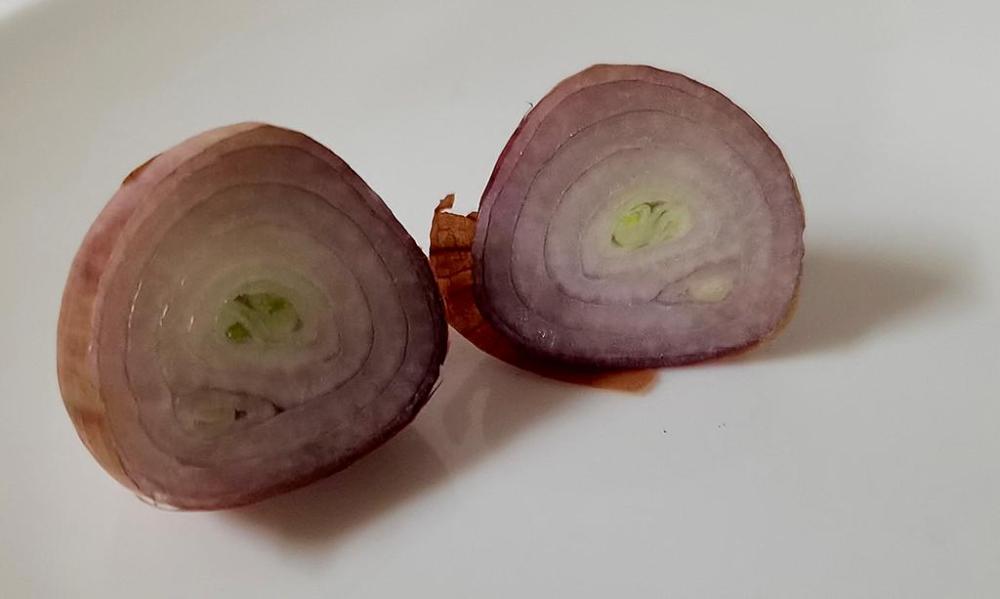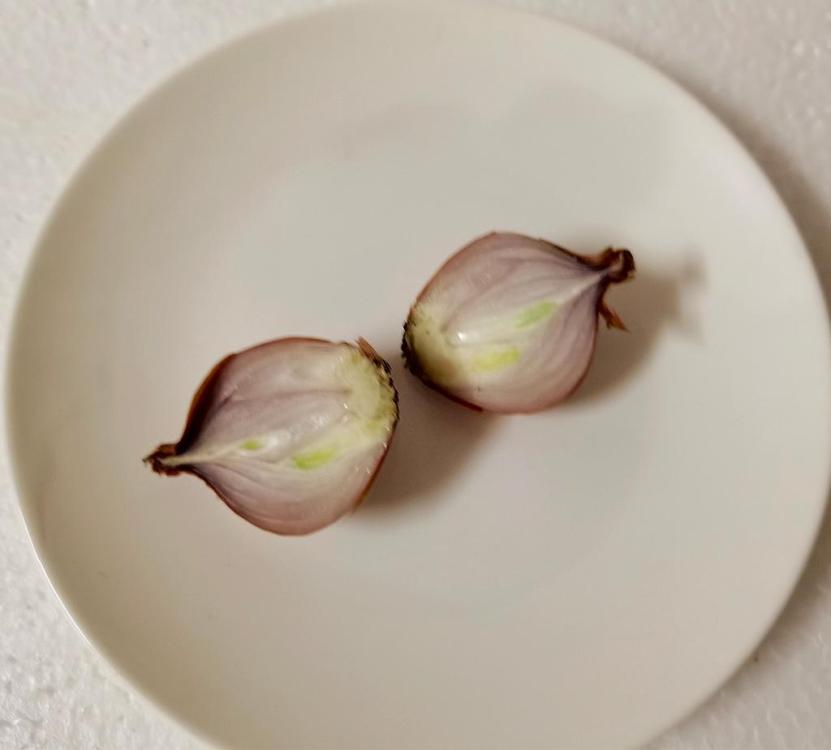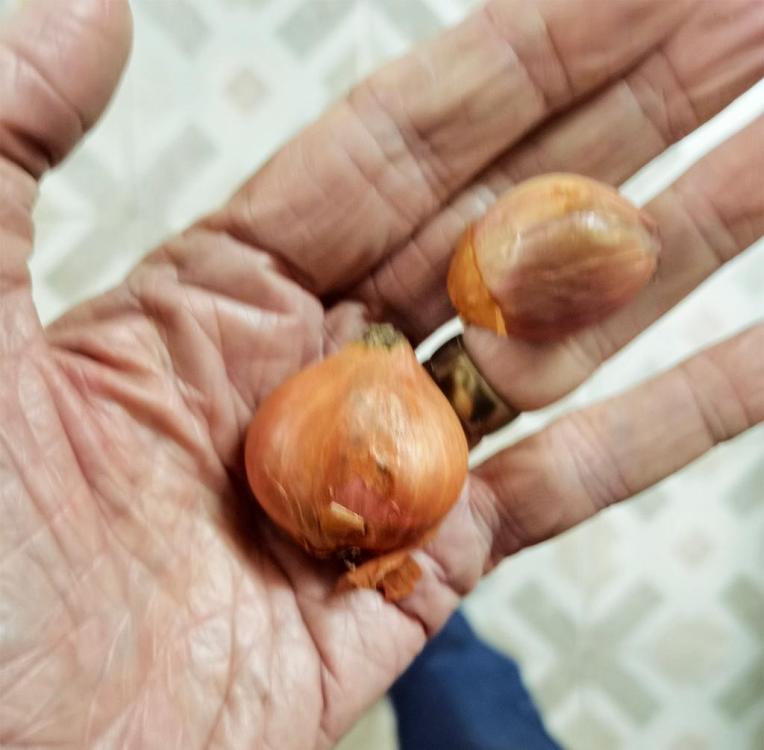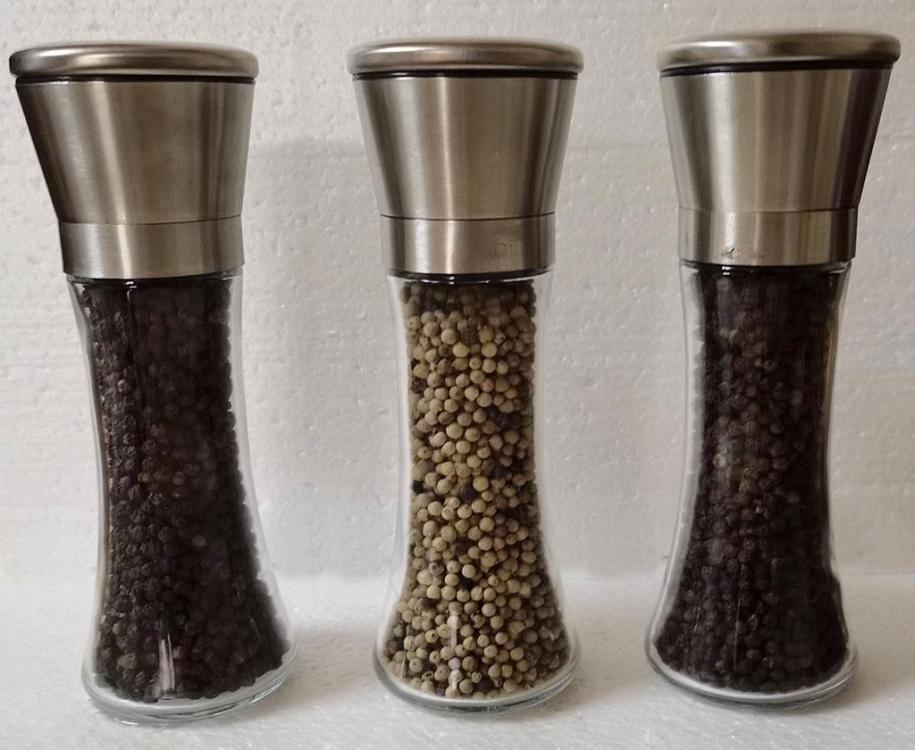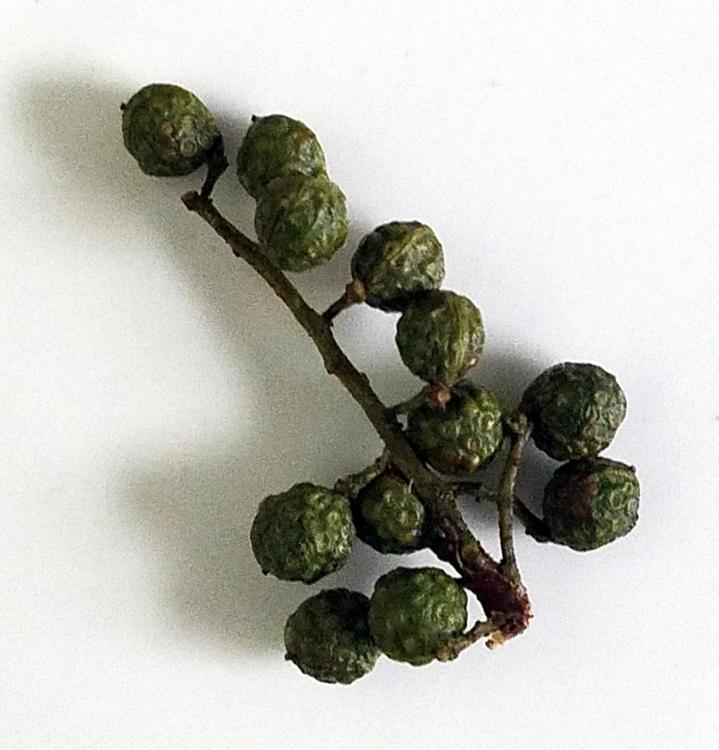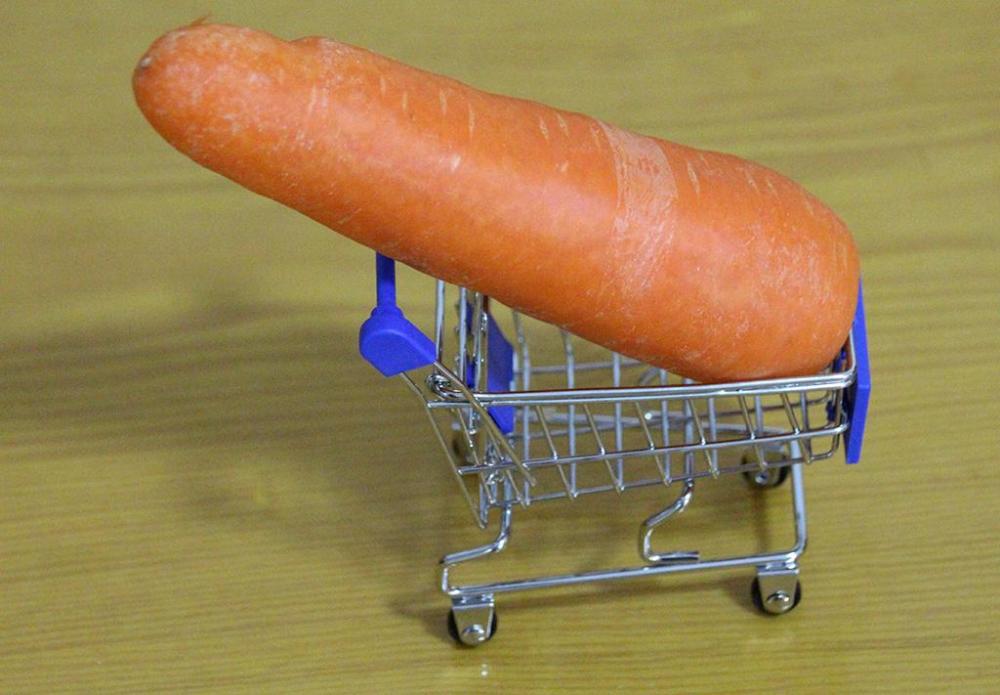-
Posts
16,675 -
Joined
-
Last visited
Content Type
Profiles
Forums
Store
Help Articles
Everything posted by liuzhou
-
This is where I get grumpy. The internet is full of badly written clickbait informing us of the top 10 or 20 or 100 "grossest foods" in the world. They are nearly all full of innocuous choices and all are stuffed with misinformation. It does NOT take months to make century eggs and they do not stink of ammonia. Of course, the usual cretins line up to record themselves eating these suggestions of what to avoid. Eating something because it is gross is the very antithesis of everything I think food should be about. I recently stumbled across possibly the most illiterate garbage I’ve ever read, informing me that a nearby small town is the world centre for just such a food example and that the locals there regularly wolf it down of an evening. I know the town rather well. I have friends who live there. The article was a complete load of nonsense. The 'writer' claimed that pig’s eyes were being barbecued with chilli and cumin and sold to passing foreign tourists and he did us all the favour of trying one. The problem with that is that the town in question sees a negligible number of foreign tourists. It does see a lot of 90-year-old ex-revolutionaries and students of communism as the town played a small but significant part in Mao’s revolution in 1929. They certainly don’t come looking to chow down on porcine peepers. So, the question arises – do the Chinese eat pig’s eyes? Not in my experience or in that of anyone I have spoken to. The claim that these are being grilled over charcoal in the streets is a total fabrication. My friends who have lived there all their lives have never seen any such thing. They have seen eyes on sale in a market, as have I (hence my picture). They were not being sold for human consumption, although no doubt someone tried – probably while filming it for YouTube or reality television. The idiot who ‘wrote’ the article is very light on any detail of what his supposed meal tasted like or what texture it had. I don’t believe he ever ate any such thing. Sheep’s eyes are eaten in some Arabic countries and in Iceland, but are not regular fare. Fish eyes are popular in China.
-
Millions did the same and more. Millions still do in parts of the world. And it wasn't / isn't just the odd bits of otherwise famliar animals. People in desperate straits will eat anything. Part of China's nose to tail attitude comes from starvation caused by both natural disasters and Mao-made famines, some in living memory, most recently in the 1950s when it is estimated up to 30 million died. People ate literally anything they could find. Many of my friends remember their childhood as a time of hunger. "Tongue, heart, liver, kidney, brains" would have been luxury.
-
I am half French. My mother was French. Tongue and offal in general was no stranger to me growing up. One of my earliest memories is of being in my grandmother's kitchen in southern France watching her lift a whole cooked beef tongue from a pan and set it aside to cool, then her slicing it. In my memory, this all took mere seconds, but couldn't possibly have done. It's over 50 years since she left us, but I still never see a bit of tongue without that memory flooding back.
-
Twenty years ago, Liuzhou made its own 'Yufeng' beer in a local brewery. It was disgustingly unpalatable but delicately flavoured with formaldehyde. I remember being invited to a government sponsored event showcasing local products. Ever single guest refused to drink the beer until some lackeys were sent to replace it with Liquan beer from nearby Guilin city - major embarrassment. The brewery closed down two weeks later! The banquet, I recall, did include pig's ears though, so not all was not lost.
-
Wonderful resource, thanks. It's going to take some exploring to get the best out of it, but that is an adventure in itself!
-
Here is the fourth instalment and we still haven’t left the head yet. Nor shall we for a few more days yet. First, we will be talking tongues. Tongues used to be more popular than they are now; time for a revival, perhaps. Get them while they’re still a cheap choice. Pig's Tongue Beef tongues (aka ox-tongue or neat’s tongue) were the main choice in most western countries, usually boiled, roasted or pickled, but in recent years consumption has declined. The problem with beef tongue is its sheer size. They are large and they need cooking whole. For this reason, they were more often cooked by butchers shops and sold by the slice as cold cuts. I remember well being sent off to school, happily clutching my lunch bag of tongue and pickle sandwiches. Pre-cooked beef tongue is still sold by one of my local supermarkets here in China. Cooked and Sliced Beef Tongue But, pig’s tongues have long been number one in those countries where pork is the more popular meat of choice, such as in most of Asia. And they are more manageable in terms of size. The flavour is not so pronounced as that of beef tongues, but that can work to the cook’s advantage, allowing for other flavours to be incorporated. They are also less fatty than beef tongues. 猪舌 (zhū shé), pig’s tongue is by far the main choice here in China, sold in most supermarkets or in the wet markets by the pork butchers. Weighing up to a kilogram / 2.2 lbs at most, they are more suitable for family cooking, but like most hard-working muscles they require long cooking to reach optimum tenderness. This can take at least a couple of hours of boiling, but the tongues are often pressure cooked, drastically reducing the time to around 30 minutes. As ever, they need cleaning first and any connective materials, excess fat etc removed. However , they are cooked with the skin intact. It is removed afterwards. Well, as much as possible; those skins can be tenacious. Then the tongue is sliced and used in whatever recipe the meat is to be finally employed in. I’ve used it in stir fries, fried rice, curries etc, but a favourite is just to eat it cold with pickles. Slow Cooked Pork Tongue I’m not going to list all the places where tongue remains easily available. That covers the globe. It seems to be one of the more acceptable offal choices. Beef tongues are sold by some butchers and pig’s tongues are available in those ethnic markets which have no taboos against pork – Latin American, Asian, and East European in particular. Unlike for some other parts, there are several recipes for tongue on the internet – ranging from Mexican tacos with tongue and avocado to creamy Filipino lengua; from langue de porc a la ravigote from France to Polish ozory w galrecie or jellied tongues. And if that lot doesn’t get you talking in tongues, what will?
-
Use your loaf! I mentioned elsewhere the Chinese phrase 吃什么补什么 (chī shén me bǔ shén me) or ‘eat it to repair it’, a belief derived from Traditional Chinese Medicine (TCM) and applied to Chinese nutrition theory. This basically suggests that should some part of your body not be performing up to par, then eating the same part from a healthy animal will help. Utter nonsense, of course, yet many believe it. Which brings me to my late wife’s favourite porcine part. She was a smart cookie, as they say, yet half-subscribed to the theory, while her innate logic fought it off. Years of conditioning and propaganda to be fought off. Her favourite part is to be found between the ears just mentioned in my last post. Yes, she was very partial to a breakfast of 猪脑 (zhū nǎo) - brains. Pig brains to be precise. This I find to be a divisive part of the animal. Some may be reminded that the pig is an intelligent sentient animal; many more are just put off by the sight of the raw brains, so similar to our own. Yet, not so much the Chinese. Brains are routinely displayed in vacuum packed trays on the supermarket butchery counters. Brains are also popular in France and in parts of the USA. Available canned, I believe. Here we only get them when they have just stopped thinking. Pig Brains This low, but complete, protein food comes with a host of nutrients, especially the ‘good’ fats and contains negligible amounts of carbohydrates. They are rich in vitamins (especially the B-group) and essential minerals. Probably the most popular way to serve the brains and my wife’s go-to is to scramble them with eggs for breakfast. They have the texture of a creamy, smooth fish roe (although no fishiness) or are reminiscent of tofu. They are mild tasting with none of the gaminess associated with some offal. The brain, like your and mine, comes in two lobes. These should be separated and any membranes removed, then the two halves soaked in cold salted water. This helps to remove any lingering blood. The brains are then boiled for ten minutes in fresh water. Then shocked by dropping them into an ice bath. Once cooled, the brains are diced, seasoned and gently fried with some eggs. When the eggs are scrambled the brains are ready. Alternatively, the brains can be simply sliced and shallow fried with onions and served on toast. They can also be coated in panko with capers and anchovies and deep fried. Recipe here. In place of pig brains, lamb and calf brains make good substitutes, but are unavailable here. Horse and donkey brains are.
-
Not far from the snout lie my favourite porcine treats. I remember well, the first time I ate my favourites, not knowing what they were. It was at an early lunch on a cold March 8th, 1996 in western Hunan. I was in a restaurant with a bunch of people I’d never met before, in a place I’d never been before and on the table in front of me were a couple of appetisers I’d never seen before, including a plate of what looked like cast-off bacon rinds covered in a chilli sauce. My new-found companions were digging in, so I joined them. Hunanese Pig's Ear Strips with Chillies I wasn’t so wrong taste-wise on the bacon rind comparison, but the textures were different. Like snout (which I hadn’t then had), but more so, these seemed to be a mix of the gelatinous and cartilage. Biting into them, I first got a slightly resistant gelatinousness followed by the crisp texture of cartilage in the centre. All accompanied by that delicious pork flavour. The next twenty I sampled were the same! Since then, when I head back to Hunan, I seek them out, but I’ve also eaten them elsewhere in China, including here at home, both as snacks and as part of full dishes at formal banquets. And they are sold both raw and cooked (usually braised in soy sauce) in most of the local supermarkets. I buy my raw supplies in the wet market. Pig Ear I am talking, of course, about 猪耳朵 (zhū ěr duo), sometimes shortened to 猪耳 (zhū ěr) – pig’s ears. Unlike the pig’s nose, their ears aren’t their most efficient organ, but they make up for it in flavour! Like the snout, they need cleaning, depilating and similar slow cooking. Soy Braised Pig's Ears In reference to that crunch I mentioned, a sort of nickname for the dish is 层层脆 (céng céng cuì) which literally means ‘layer upon layer of crisp’. Brewer’s Dictionary of Phrase and Fable (eG-friendly Amazon.com link) defines the phrase ‘to make a pig’s ear of something’ as ‘to botch it’, then goes on to ‘make a silk purse out of a sow’s ear’ as ‘to attempt to make something good from what is by nature bad or inferior in quality’. Dr Brewer should be ashamed of himself. I’d much rather have a pig’s ear than a silk purse! I’d look a right idiot pulling out my silk purse to pay for my round of drinks down at the Olde Deaf Pig on a Friday night! Of course, it’s not only in China that the hog’s auditory organs are considered a delicacy. They are eaten across Asia. I’ve enjoyed them in Vietnam as well as in pig’s ear salad in Thailand. I’ve eaten them in tapas bars in Spain. I’ve had them as beer food in Russia and in the Baltic countries. And, I’m told that, once again, they are eaten in the ’soul food’ culture of the southern US. All very sensible, although I’m distressed to learn that in North Carolina they adulterate good offal, sometimes including ears, by mixing it with c⊘rnmeal in something called ‘livermush’. I’ll have the liver, thanks; keep the mush! Anyway, if you haven’t already, and you get the chance, lend an ear to some ear; you may just be surprised.
-
Nose-to-tail. We’ve all heard the term but few of us have lived it. I haven’t. Many of us don’t want to live it. We perhaps don’t want to be reminded that the food on our plates was once part of something else; something living. Sometimes it’s the visuals that put us off; sometimes smells; textures. But more often than not it is something less tangible. Perhaps even something irrational. The fear of the unknown; the unfamiliar. Some of us may want to live it, but unless we are doing our own butchering, some parts are simply not easily available. Our sanitised supermarkets tend to the safe and when there is low demand, even independent butchers are unwilling to carry many items. Many of us wish to avoid waste; some of us are on tighter budgets than we would wish and often the overlooked parts are the cheapest – until some celebrity chef starts extolling their delights and the prices rocket. Even those of us who do want it, may still have limits; lines they won’t cross. The first time I visited a market in China I couldn’t work out what I was seeing. There was a long trestle table on which was a pig. A dead pig. But it wasn’t whole. It was a jigsaw puzzle of pig in all its parts. Parts, I couldn’t recognise; parts I wasn’t even sure necessarily belonged to the pig. And there was no way, I could have fitted many of those parts back into even close to the correct places. Yet, for millennia, people have been eating nose-to-tail, not out of fashion or choice, but out of simple necessity; as survival. And people have learned not only to eat almost everything but even how to make some of those less-well known parts into gourmet dishes. I love to watch people in my supermarkets in China eagerly fighting over the bits that in western supermarkets don’t even make it to the sales counters. Families raised one pig per year (many still do) and that pig is slaughtered to see them through the winter. Meat is dried, frozen, salted, pickled, cured. The blood is collected and utilised. Intestines are cleaned for stuffing as sausages. Stocks are made. Jellies. Many more. I will concentrate mostly on pig products for the simple reason that that is the non-poultry animal most used in nose-to-tail eating world-wide and certainly the one I see most. But I will mention others. It will mostly be domesticated animals, but some common game. I’ll leave the bush meat and roadkill to others. Strictly nothing endangered. A warning: There will be images of parts, some raw, some cooked. Maybe both. The squeamish may wish to pass, but I do think it’s important to know what you are or are not eating. There will be a lot of what many of you euphemistically call ‘organ’ meat, a misnomer if there was ever one. Muscles are organs, too. I’ll be using the term ‘offal’, derived as it is from ‘off fall’, denoting the bits that are so often allowed to fall off the prep table when preparing meat for sale. But I’ll also be including some less usual parts not normally described as offal. Some internal; some external. We’ll see. Should you have any relevant recipes or tips, please pitch in; I know some members are more used to butchering, for example, than I’ll ever be. And there are regional uses in nose-to-tail, too, many of which I’m not aware of. Given the title of the topic, I think it’s only sensible to start at the beginning and sniff around the animal till we get to the tail end. That said, I make no pretence to be laying out parts in any correct order; instead availability may influence what comes next at any point. After all, the people who depend on nose-to-tail eating don’t eat the animal in any set order. Cured Pig Snout So to the snout. An incredibly powerful organ. Said to be up to 2,000 times more sensitive than our pathetic proboscises, technically, the snout includes both the nose and mouth of the animal, but in common language often refers just to the nose which the animals use both to dig and to scent their intended meals, often both at the same time. Hence their legendary employment as truffle hunters, a fading practice – dogs are easier to control. And are less likely to swallow those prized tubers. Most of the snout is the pre-nasal bone which can weigh over a pound and is tipped by the well-known round shape of the nostril area itself. This is composed of cartilage, which requires cooking down to make the nose crunchy but edible. Pig’s noses, in Chinese 猪鼻子 (zhū bí zi), are eaten across Asia and I’m told are popular in the southern states of the USA among other places. The Caribbean countries eat noses and they are a fried street-food speciality in Dominica. Pig’s noses need cleaning and any hairs removed by shaving or singeing them, then they still take quite a bit of cooking. They are often boiled / braised (here in soy sauce) for at least an hour to reduce their gelatinous quality to something manageable. That said, there are pockets of delicious meat hidden inside and the skin fries to crispy perfection. They may then be sliced thinly and fried. Alternatively, they can be roasted or baked by brushing with oil and cooking at 180℃ / 350℉ until they puff up. Noses are most often eaten as a snack food rather than as part of a main dish. In fact, here, they are often sold vacuum packed in convenience stores as ready-to-eat bites. Pig Snout Advertising Convenience Store Braised Pig's Snout Below is a side portion of the area between the nose and mouth. It has been spiced and braised in soy sauce. In the second image, the fatty, gelatinous nature of the piggy part is clear. It is gelatinous and very porky in flavour -almost like a heavily smoked bacon, although it is unsmoked. I like them. An exception to the snacking habit, however, is 辣炒猪鼻子 (là chǎo zhū bí zi), spicy stir-fried pig nose, a Sichuan dish using the typical flavours of that province including chilli, Sichuan peppercorn and 豆瓣酱(dòu bàn jiàng) broad bean paste. A typical recipe is here. Pig snout jelly can be prepared, moulded and eaten with crackers. Serious Eats suggests boiling the snout with the equivalent weight of beans, split peas or lentils for a simple soup, then deep frying the skin as a garnish. Well prepared, they are satisfyingly chewy with a good, slightly fatty, porky, bacony flavour.
-
Spicy duck livers with chili, garlic, ginger, Shaoxing wine, soy sauce. Served with rice and a side of stir-fried spinach (not photographed). Duck Livers - Precleaning Spicy Duck Livers with Rice Spicy Duck Livers
-
Certainly not. Both Kraft and Heinz varieties were and remain a feature of every bad 'picnic' sandwich in the UK, too. Revolting stuff. https://en.wikipedia.org/wiki/Heinz_Sandwich_Spread
-
This is raises an important point. In popular terminology names for the various alliums and related species is uncontrolled. What you may call one thing, I may call another and who is to say who is correct? Of course, this applies to many foodstuffs. You may use cilantro as a herb; I use coriander instead, for example. I prefer rocket to your arugula. But it seems to cause more confusion in what we might loosely refer to as onions, if only we could agree what they are! Even the scientific names get jumbled. 'Shallot' comes from the old French 'eschalot', now 'échalotte' which was the diminutive of 'eschaloigne' which meant scallion! The items above for which I asked about your terms are known locally in Chinese as variously 小洋葱 (xiǎo yáng cōng, literally 'small onion*') or 洋葱头 (yáng cōng tóu, 'onion heads'). I've seen these translated as alternatively 'shallots' or 'small onions'. However, they are not true shallots, which are Allium Ascalonicum but, in fact, are Allium Cepa, regular onions. In fact, besides being used in dinner (they are sometimes used peeled but whole in hotpots, but aren't particularly popular) these are mainly used as seed onions to grow the larger varieties. They come in both red and brown skinned varieties. I use them as shallots as I've never seen Allium Ascalonicum here. * Incidentally, the OED defines 'shallot' as 'A small onion, Allium Ascalonicum, native in Syria and cultivated for use as a flavouring ingredient for salads, sauces, etc.' (My emphasis.) Here is what passes for 'onion' in China. Known as 大葱 (dà cōng, literally 'big onion'), these are Allium fistulosum, which are often called Welsh onions in English, despite being nothing to do with Wales. What we call regular onions, the Chinese call 洋葱 (yáng cōng) , which literally means 'foreign onions'.
-
Imay already know the answer to this, but I'm not 100% sure. I'm unwilling to influence your answers, so I'm saying nothing yet. What would you call these? For scale, I'll mention that plate is 28cm / 11 inches in diameter. No idea what size my hand is other than hand sized. Do hands get sized? I don't know why that photograph is blurred on eG; it isn't on my computer. Still, it's only for scale, again.
-
Being of the Scottish persuasion, I was raised in the knowledge that New Year is much more important than Christmas and should be marked appropriately with a suitable dinner. This will come together slowly over the course of the day (or longer) with most of the work being done by the slow cooker while I doze. There is a chicken carcass simmering away with suitable aromatics. A large chunk of JInhua ham has been added. Some quails will follow. Carcass Carrot Chinese Celery Jinhua Ham Onion White Peppercorns To be continued...
-
Prepared myself this alcohol-soaking-up early lunch by ordering it from a delivery service the night before. Spicy seafood fried rice cooked by someone else and heated up by the nuclear option! A New Year's Day lunch tradition for me.
-
New Years Day morning. Steamed pork buns (肉包 - ròu bāo) with pickled yellow chilli peppers and pickled ginger. Pickles are very popular with breakfast round here.
-
I wouldn't buy Sichuan peppercorns from this outfit. Anyone selling such peppercorns that only have "slightly numbing" flavour should be shunned. Sichuan peppercorns should be slap in the mouth numbing. If not; they are stale and worthless. Otherwise, a good summary.
-
I seem to remember that pepper was nominally black, but in fact was a stale, greyish powdery substance that could have been anything. The detritus that multiplied in my father's trousers' turn-ups, perhaps. Actual peppercorns were totally unknown and probably immoral foreign muck!
-
Er, no. It is almost alway sold unground. I use whole Sichuan peppercorns, but I'm lucky in that I get them fresh.
-
and Scotland! I have a clear memory of the onion Johnny coming round and my mother getting excited because, as the daughter of a refugee from Hitler living in Scotland, she seldom had the chance to speak French with anyone outside her family. The problem was the onion Johnny's and her dialect were about as far apart as it was possible to get - but they somehow managed to communicate (and of course do some onion business). I mostly remember being fascinated by his ramshackle bicycle which had somehow carried him all that way and by the intricate pleating of the onion stems. Shortly before she passed in 2021 aged 92, she had a sudden moment when she asked my brother if the onion man was still coming. He replied that he wasn't sure. If he had still been alive he would have been around 150 years-old.


